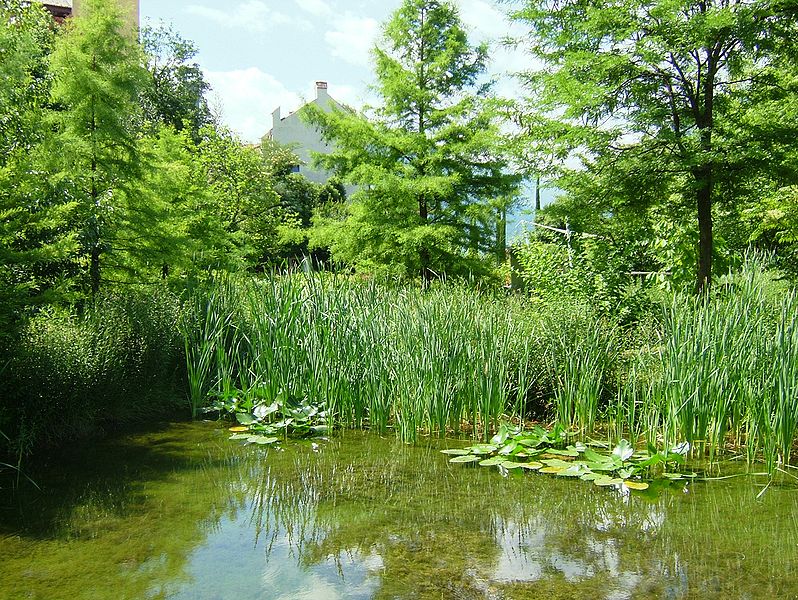Southern Bald Cypress Tree Seeds
Note: These seeds will require cold stratification, you may need to purchase our Cold Stratification Kit
Find your zone using Garden Web's Zone Finder

Bald-cypress occurs naturally in swamps, flood plains and along the edges of lakes and rivers on the southeastern U.S. Coastal Plain from southeastern Delaware to southern Texas and up the Mississippi Valley to southern Illinois. It often occurs in pure stands: cypress swamps. Pond-cypress, on the other hand, usually occurs in smaller, flatwoods ponds and shallow lake margins in a more restricted area at low elevations, from southeastern Virginia to southeastern Louisiana.
Bald-cypress likes an acidic soil and will develop yellowing of the leaves if grown in neutral or calcareous soils. Young trees grow rapidly, but they can live 500 years or more. Young seedlings and saplings can tolerate light shade, but they will need full sun to reach their maximum potential.
Although they occur naturally in the wettest of places, bald-cypress will thrive in normal, even dry soil. Bald-cypress is just about the only tree that can survive long periods of flooding. But, it will grow faster, larger, and be healthier if not subjected to flooding at all. Bald-cypress doesn't often get the chance to grow in rich, well drained soils because other trees (that can't tolerate prolonged flooding) out-compete it. Established bald-cypress trees are surprisingly tolerant of drought.
Hardiness: USDA Zones 5-10.
Bald-cypress makes a fine specimen tree for very large landscapes. They are best suited to wet areas, lake margins, and the like, but as noted above, they will thrive in normal, even dry soils. The feathery pale green foliage is attractive in spring and summer, and again in fall when it turns reddish. A nice shade tree in summer, bald-cypress lets the sun shine through in winter.
Bald-cypress has been called the eternal wood because it is extremely resistant to decay. Vast swamps have been clearcut of their cypress for construction of docks, bridges, boats, and buildings. Draining and filling of southeastern cypress swamps and centuries of over harvest have severely reduced the number of these magnificent trees, especially old, large ones.
The function of the cypress knees has been a source of much discussion. One theory is that they take in oxygen for the roots in what is generally a very low oxygen environment. Another is that they provide anchors for the tree in the flood plain environment that is characteristically loose and unstable. When lightning strikes a pine tree, it burns a strip along the trunk down to the ground and usually kills the tree. But when a bald-cypress is stuck by lightning, it usually explodes, sending giant splinters a hundred yards or more in all directions. But the tree doesn't die, instead it sprouts back from the damaged trunk.
Low germinator, about 30%. Seeds need to be cold stratified before sowing.

